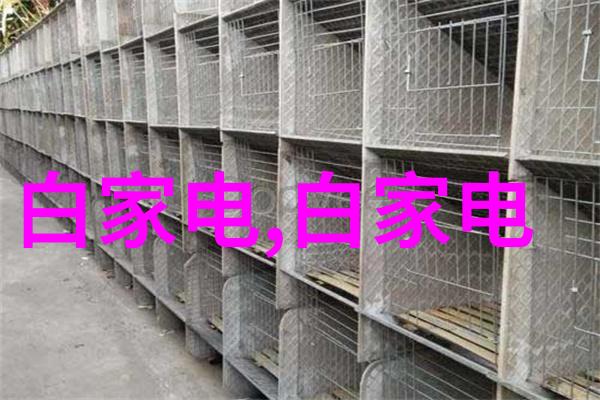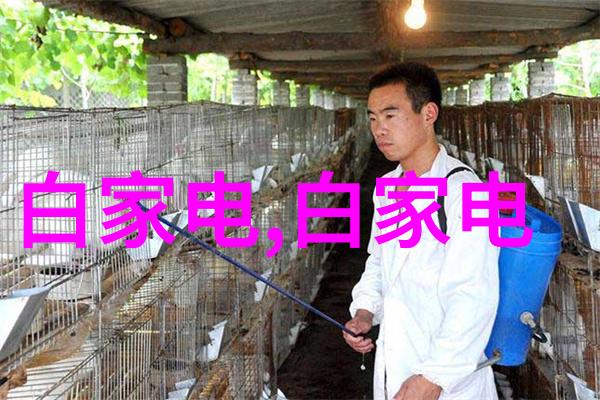您现在的位置是: 首页 - 白家电 - 丝网孔隙率精细分析高精度检测技术 白家电
丝网孔隙率精细分析高精度检测技术
2025-03-30 【白家电】 0人已围观
简介丝网孔隙率精细分析:如何高效检测? 什么是丝网孔隙率? 在工业生产中,丝网是一种常见的制造工艺工具,它通过穿孔模板将材料制成特定形状和大小的孔洞。这些孔洞的分布密度、尺寸和排列方式直接关系到产品质量与性能。因此,对于每一个微小的变化——比如丝网孔隙率,我们都需要进行精确计算和分析。 为什么要测量丝网孔隙率? silk fabric, the pore size distribution is a
丝网孔隙率精细分析:如何高效检测?

什么是丝网孔隙率?
在工业生产中,丝网是一种常见的制造工艺工具,它通过穿孔模板将材料制成特定形状和大小的孔洞。这些孔洞的分布密度、尺寸和排列方式直接关系到产品质量与性能。因此,对于每一个微小的变化——比如丝网孔隙率,我们都需要进行精确计算和分析。

为什么要测量丝网孔隙率?
silk fabric, the pore size distribution is a critical parameter that determines the performance of the final product. Whether it's a filter mesh, a screen printing mesh, or even medical devices, the pore size and its distribution play an essential role in determining their effectiveness. Therefore, measuring and controlling this parameter is crucial for ensuring quality.

如何测量丝网孔隙率?
To measure the pore size distribution of a mesh accurately, various methods are available. One common method is to use an optical microscope with image analysis software to count and measure pores manually. Another more advanced technique uses scanning electron microscopy (SEM) to visualize pores at high resolution before analyzing them using specialized software.

影响丝网孔隙率的因素有哪些?
Several factors can affect the pore size distribution of a mesh during production. For example, changes in temperature or pressure may alter the shape or size of individual pores while maintaining their overall density and pattern. Additionally, variations in material properties such as thickness or elasticity can also impact results.

如何提高测量准确性?
Ensuring accurate measurements requires careful control over all variables involved in manufacturing meshes with specific porosity requirements. This includes monitoring equipment settings like temperature and pressure during weaving processes as well as optimizing materials used for creating these meshes.
In conclusion,
measuring silk fabric porosity accurately allows manufacturers to produce products that meet strict specifications while minimizing waste from defective items due to improper manufacturing conditions.
By understanding how different factors influence silk fabric porosity distributions,
companies can optimize production processes leading towards better product quality while maximizing efficiency levels within facilities responsible for producing goods relying on precise filtration capabilities provided by silks fabrics’ unique characteristics.
The importance of proper measurement techniques cannot be overstated; hence it becomes vital to employ skilled professionals who understand intricacies associated with this process so they might make informed decisions based on data obtained through rigorous testing protocols implemented throughout each stage involving development & manufacturing stages when dealing with delicate matters related specifically regarding silk fabrics' porous structures – thereby enabling industry players worldwide take advantage from increased precision offered by advancements made possible through cutting-edge technologies utilized today!






